Tasmania offers national parks, geological formations, and historical sites. This Australian island features natural gorges, white sandy beaches, mountains, lakes, and forests. Visitors can discover 19th-century penitentiaries, botanical gardens, museums, and wildlife reserves. Endemic wildlife, including Tasmanian devils, wombats, and pademelons, can be observed in several sanctuaries. National parks allow for hiking, skiing, and river exploration.
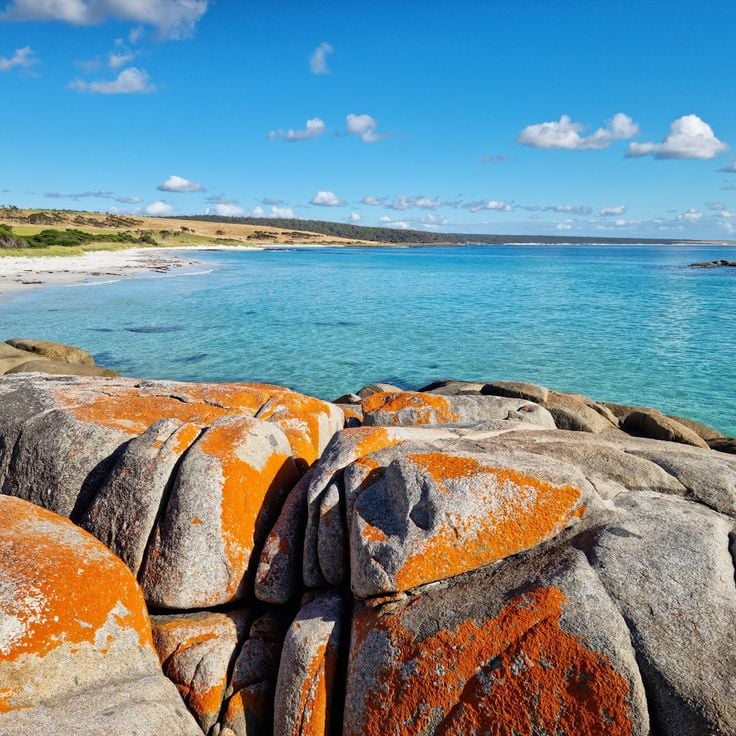
Tasmania
White sandy beaches bordered by granite rocks covered with red and orange lichens, extending over 50 kilometers.
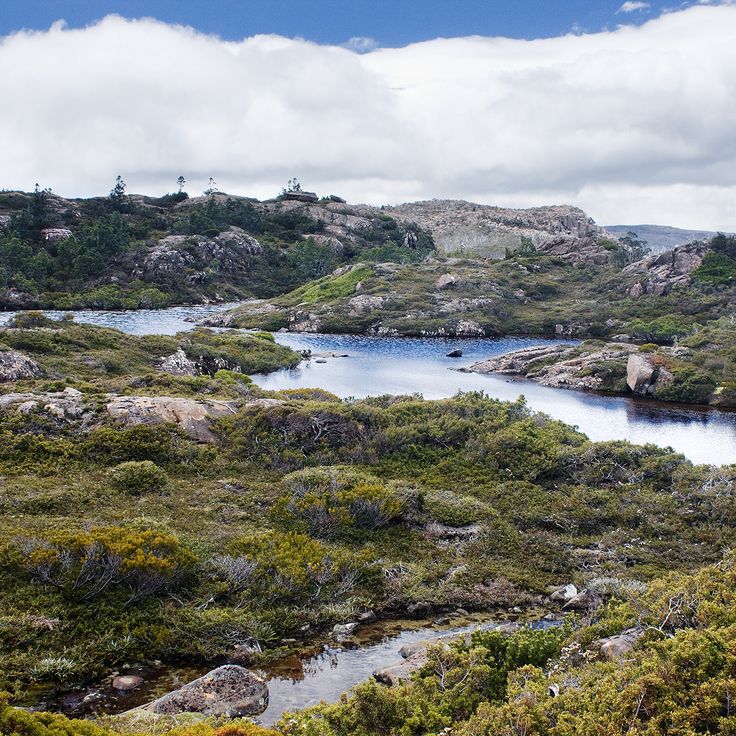
Tasmania
Nature reserve offering mountain trails, waterfalls, and alpine lakes. The site allows skiing during the austral winter.
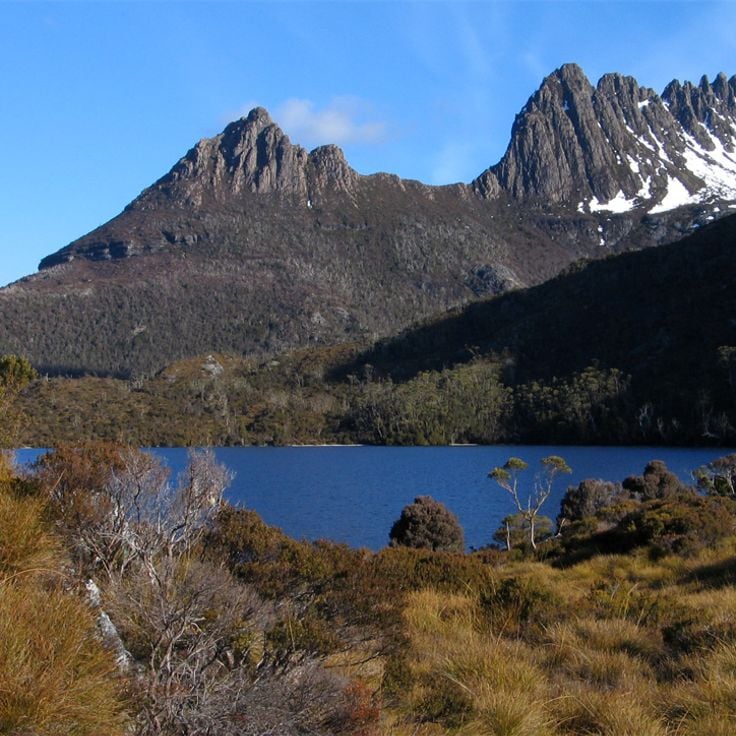
Tasmania
National park spanning 1262 km² with alpine peaks, glacial lakes, and ancient beech forests.
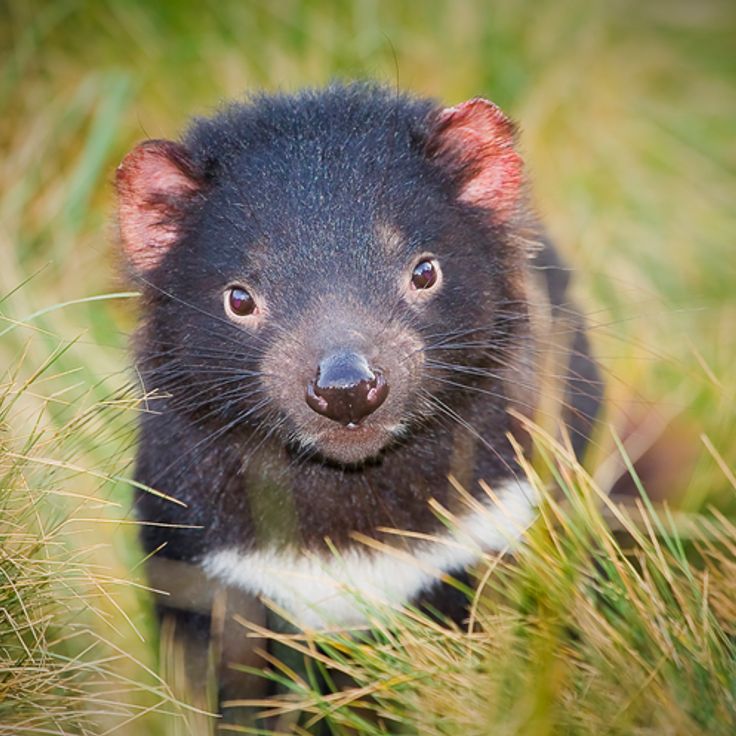
Cradle Mountain, Tasmania
Research and conservation center for Tasmanian devils offering guided tours to observe these nocturnal carnivorous mammals.
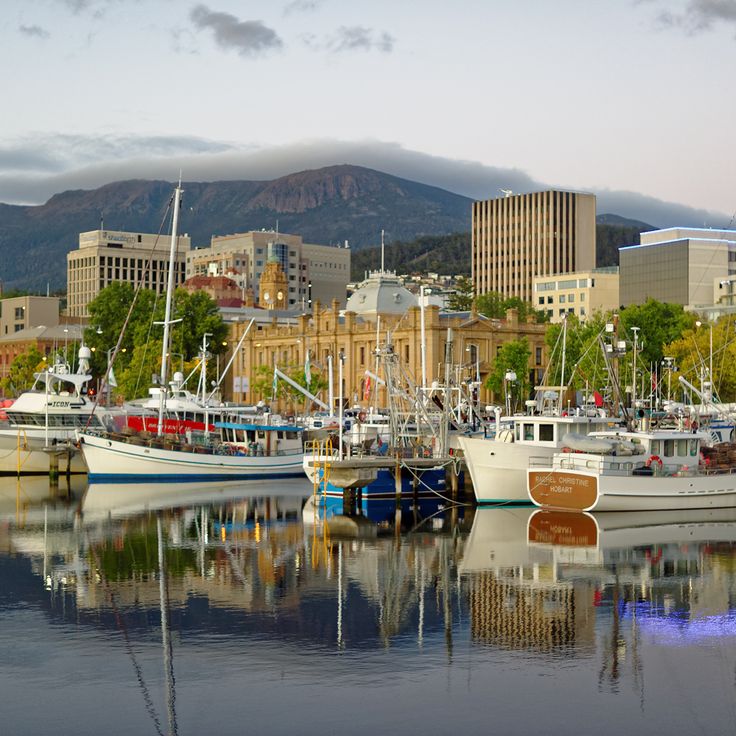
Tasmania
Capital of Tasmania established in 1804 on the Derwent estuary. The port hosts fishing vessels, and the Salamanca market features local products.
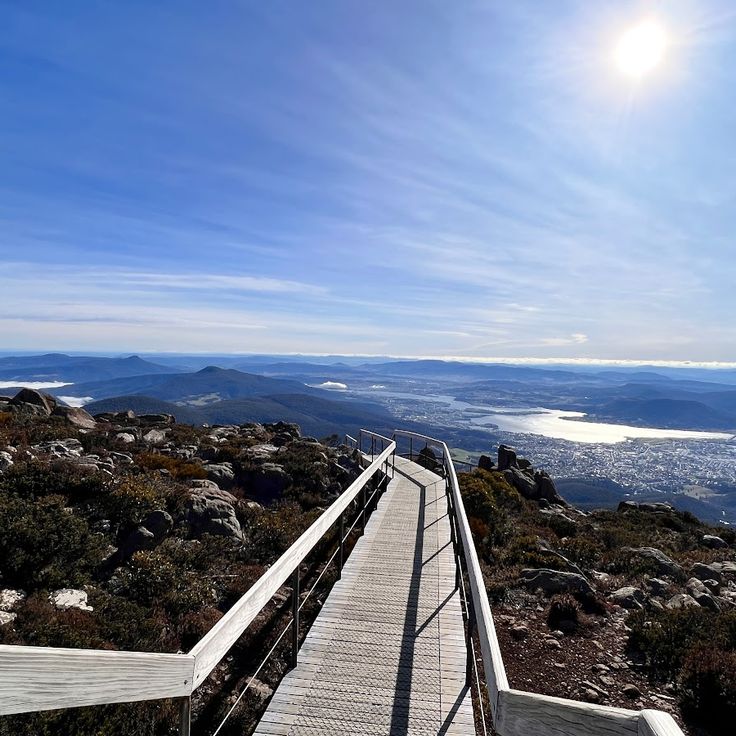
Hobart, Tasmania
Summit at 1271 meters dominating Hobart. A road provides access to the observation point with views of the city, the Derwent River, and surrounding islands.
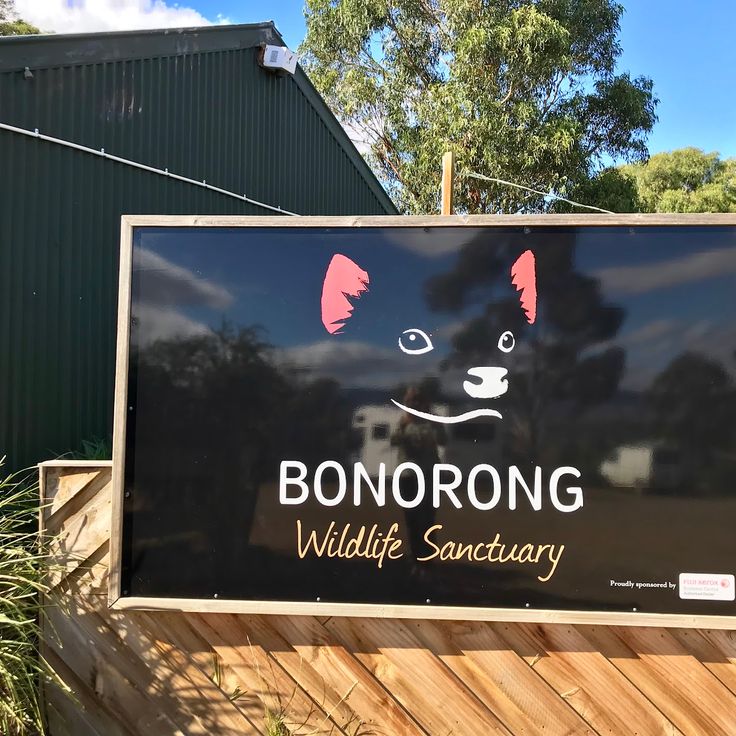
Brighton, Tasmania
Care and protection center for Tasmanian wildlife. Visitors can observe Tasmanian devils, koalas, and emus in their natural environment.

Port Arthur, Tasmania
Former colonial penitentiary site with more than 30 historical buildings and ruins dating from the 1830s to 1877.
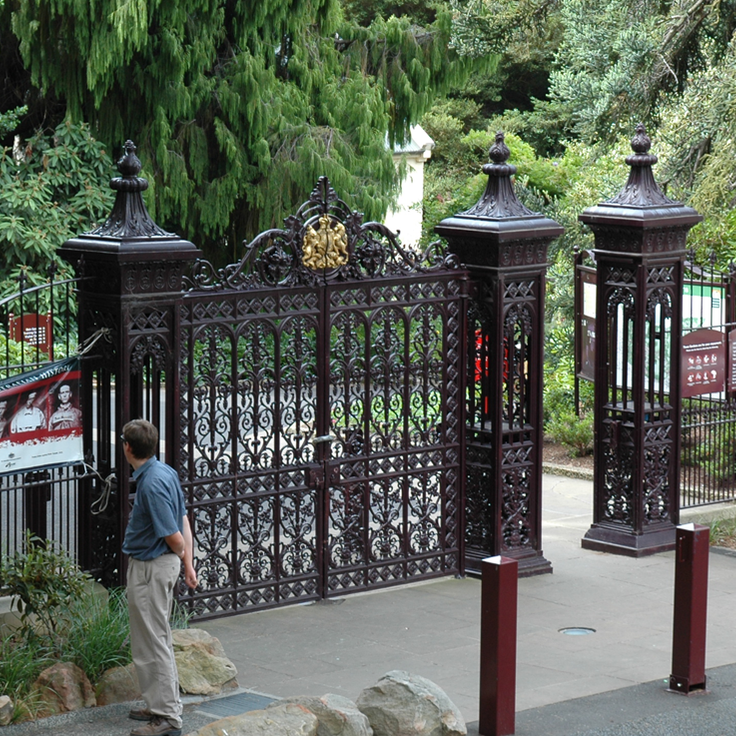
Hobart, Tasmania
Australia's oldest botanical garden founded in 1818. It showcases plant collections from Japan, France, and Australia over 14 hectares.
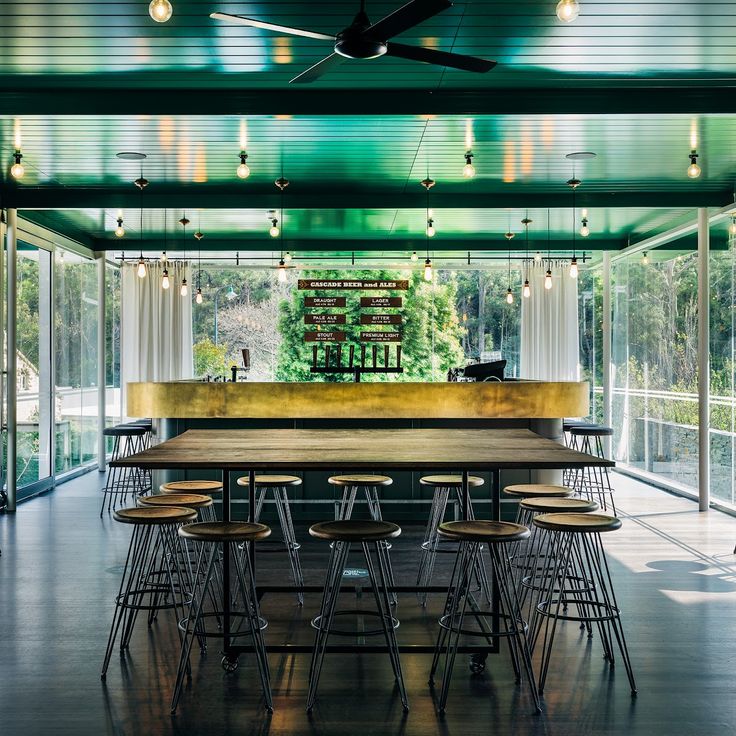
Hobart, Tasmania
Established in 1824, this brewery still produces beer in its original buildings. The site includes gardens and offers guided tours of the historic facilities.

Hobart, Tasmania
Underground contemporary art museum spanning three levels. Visitors access the site by ferry from Hobart's port in 30 minutes.

Hobart, Tasmania
Prison built in 1831 converted into a chapel in 1859. The building retains its colonial architecture and displays period artifacts.

Cradle Mountain-Lake St. Clair National Park, Tasmania
Glacial lake at 940 meters altitude surrounded by a 6-kilometer hiking trail. Walkers observe local wildlife.
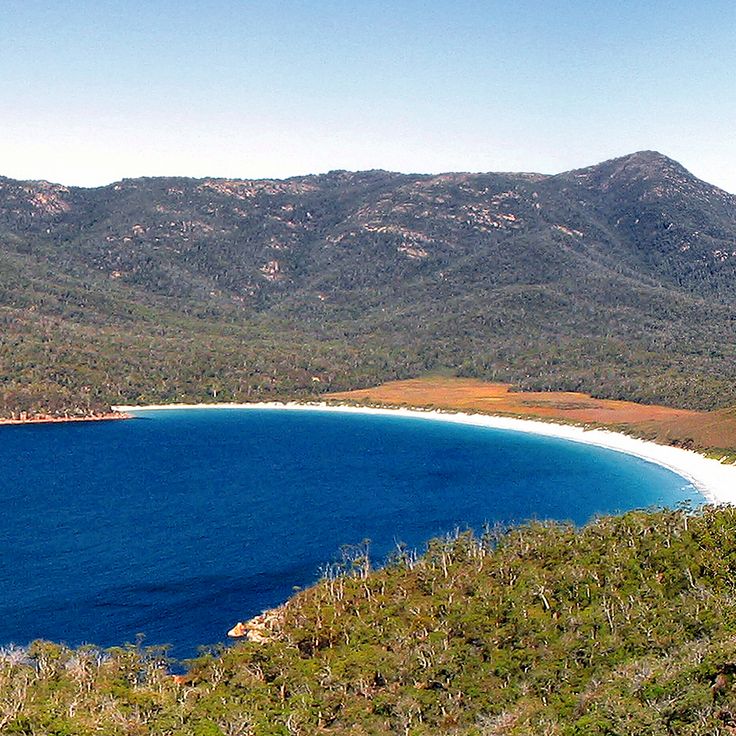
Tasmania
Natural park of 169 km² offering white sandy beaches, turquoise bays, and hiking trails along granite cliffs.
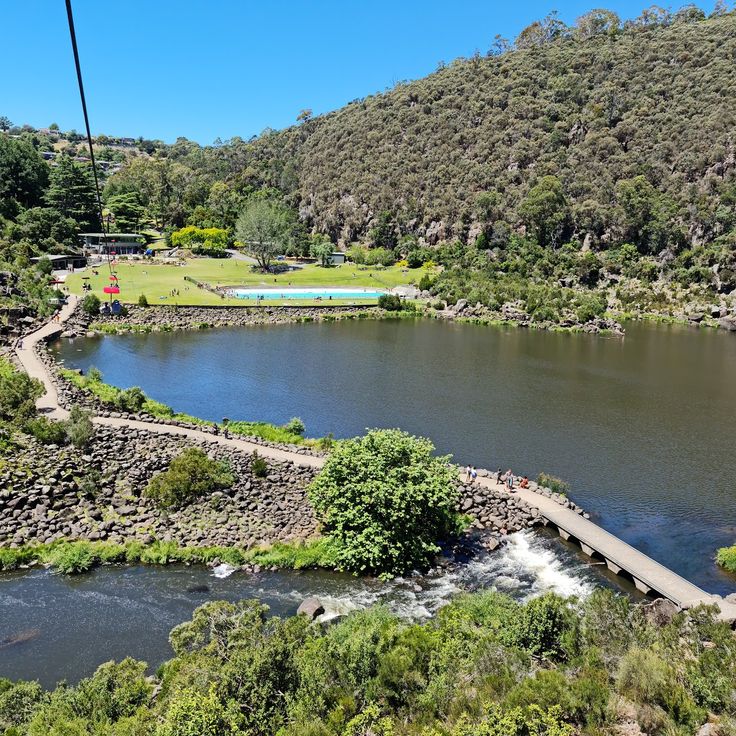
Launceston, Tasmania
Canyon lined with granite rocks featuring walking trails and a cable car overlooking the South Esk River.

Tasmania
Island of 362 km² known for its cheeses, oysters, and local wines. Natural habitat for echidnas, seals, and wombats observable in their environment.

Tasmania
Car-free nature reserve home to pademelons, kangaroos, and wombats. The island includes penal ruins and limestone geological formations.
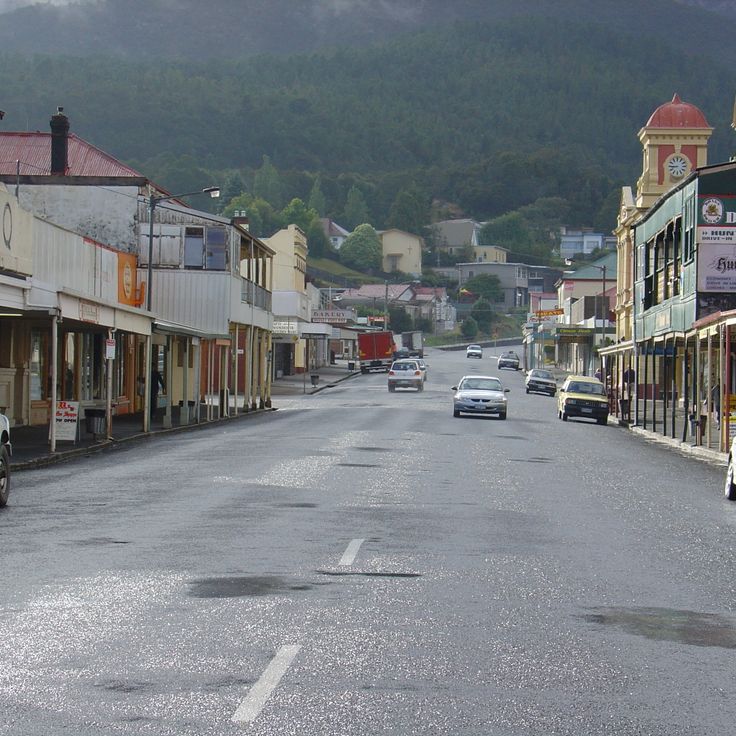
Tasmania
Mining center founded in 1890, with underground galleries open for visits and a museum showcasing the history of copper mining.
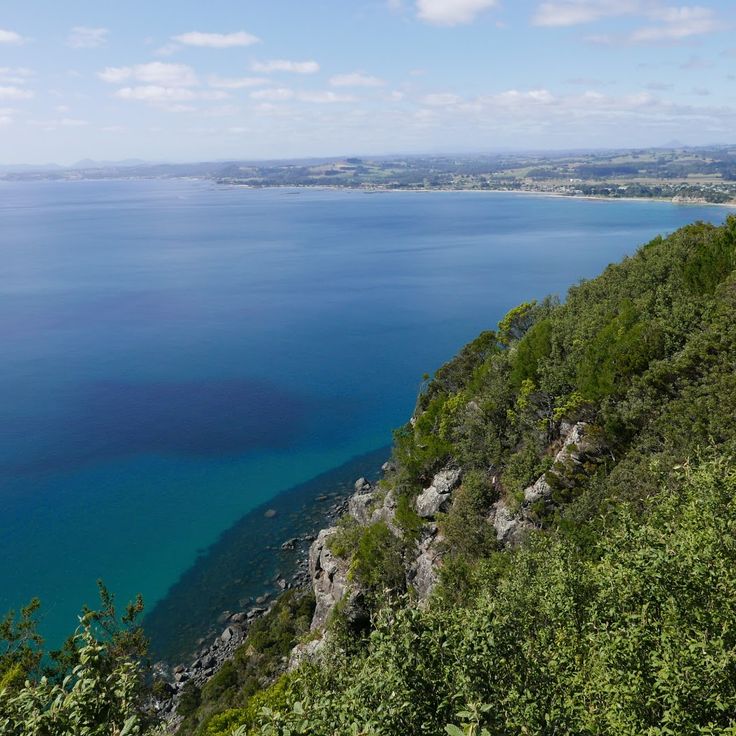
Tasmania
Coastal promontory with a lighthouse and cultivated lands. Fields of tulips and poppies bloom in the austral spring.
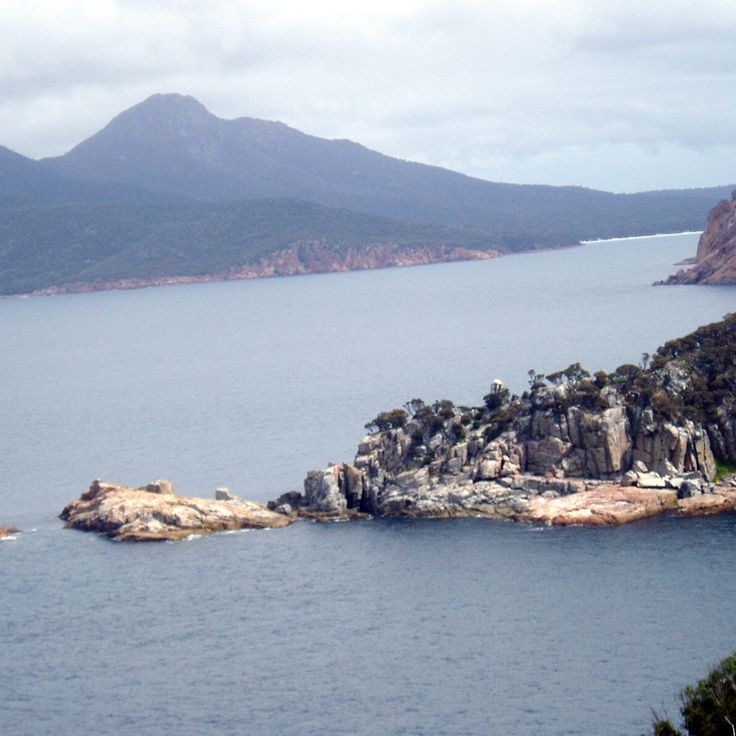
Freycinet National Park, Tasmania
Crescent-shaped beach bordered by pink granite and coastal forest in Freycinet National Park.

Tasmania
This small town features a collection of murals depicting local history on the walls of buildings in the main streets.
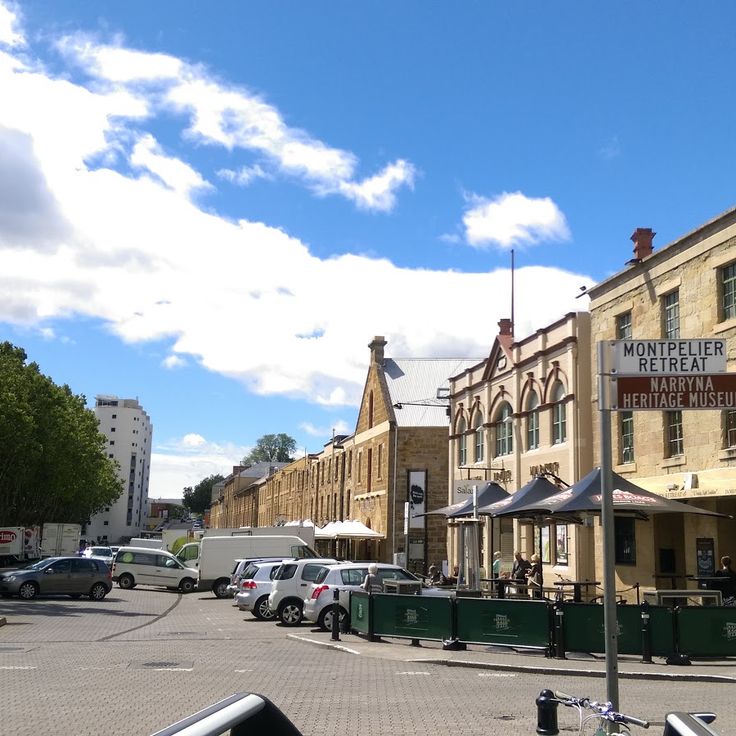
Hobart, Tasmania
This place lined with 19th-century sandstone warehouses hosts a market of 300 stalls every Saturday by Hobart's waterfront.
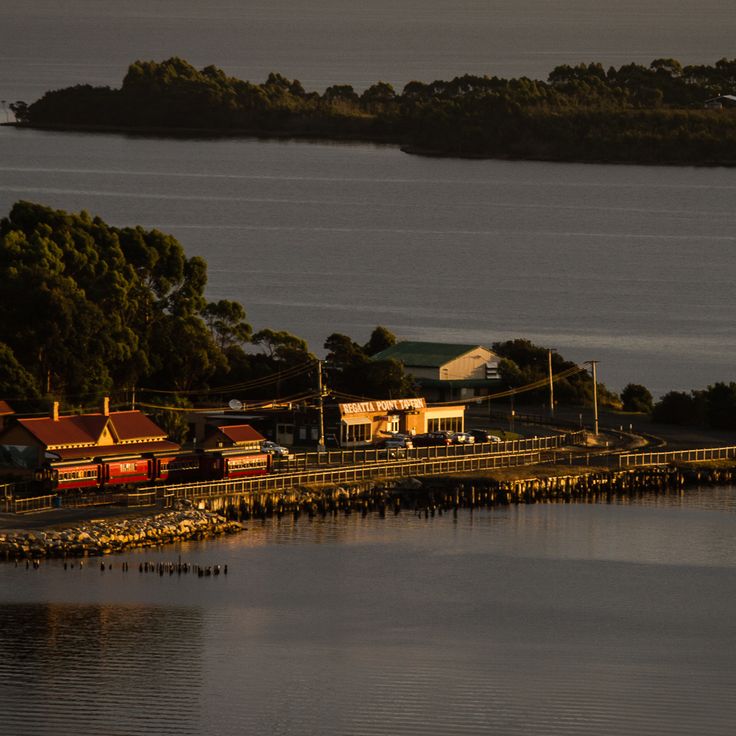
Tasmania
Railway line built in 1896 crossing 34 kilometers of dense forest between the towns of Strahan and Queenstown with steam locomotives.
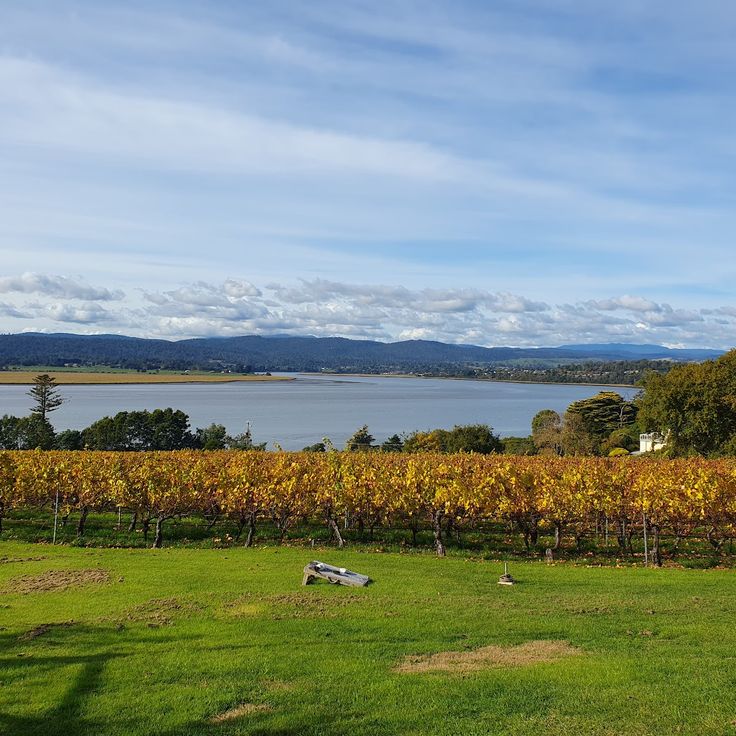
Launceston, Tasmania
This river valley in northern Tasmania boasts thirty-two wineries producing wine since the 1840s.

Freycinet National Park, Tasmania
The concrete-built lighthouse is reachable via a 600-meter boardwalk path allowing views of granite cliffs and the ocean.

Tasmania
Protected natural area of 618,000 hectares including temperate forests, glacial lakes, and colonies of short-tailed shearwaters on Maatsuyker Island.
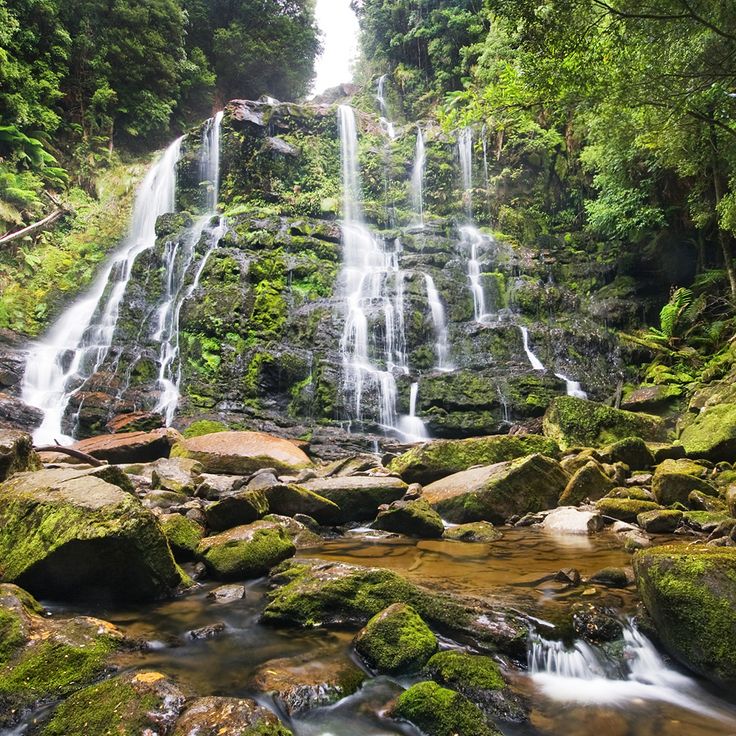
Tasmania
Natural area characterized by deep gorges, unmodified rivers, and wet forests with ancient Tasmanian beeches.
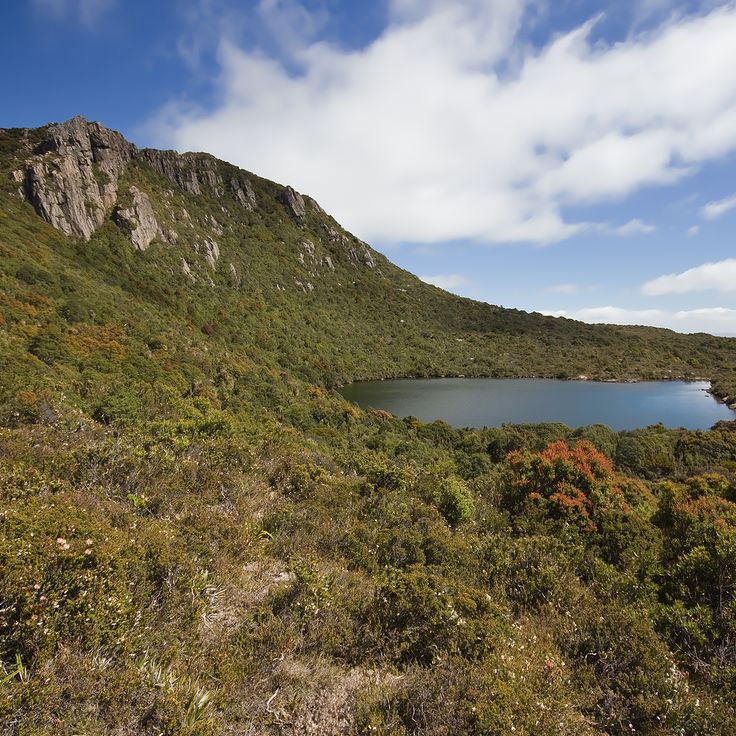
Tasmania
Mountain range peaking at 1254 meters altitude, covered in eucalyptus forests and crossed by trails leading to alpine lakes.

Tasmania
Network of natural caves carved in limestone rock, featuring mineral formations and underground rivers. The national park includes over 300 caves.
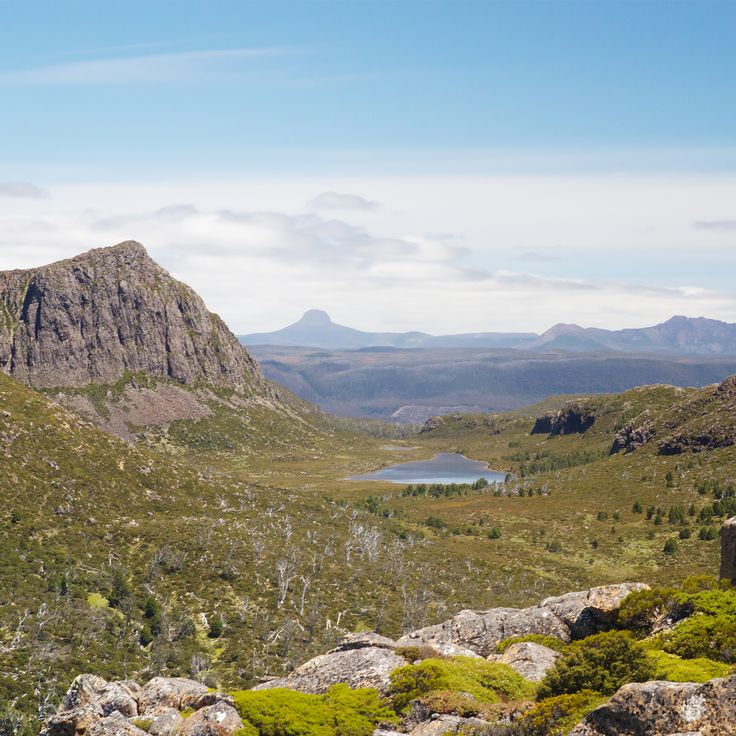
Tasmania
Alpine national park with ancient pine forests, glacial lakes, and rocky peaks reaching 1500 meters altitude.
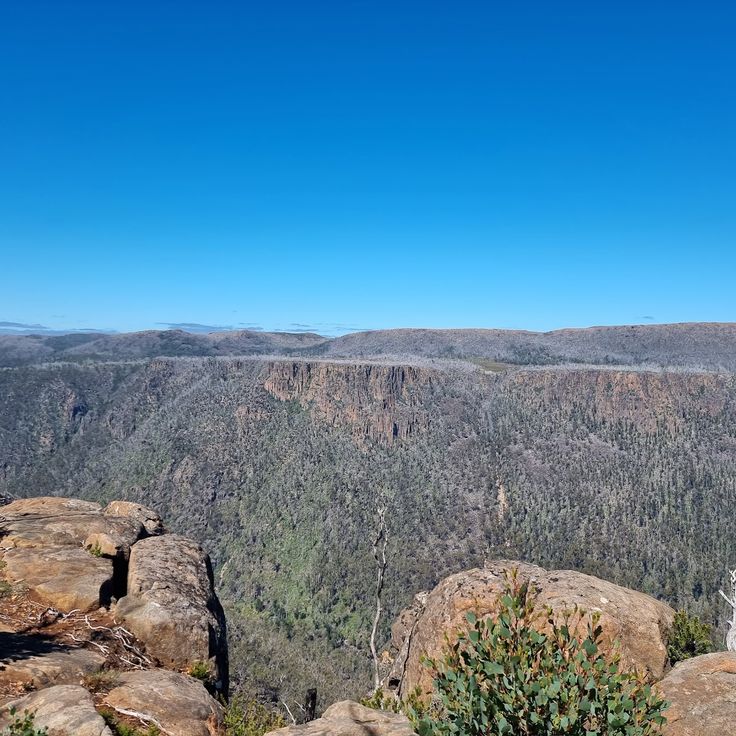
Tasmania
Nature reserve with an observation point located on the edge of a 220-meter cliff overlooking the Mayberry Valley.

Hobart, Tasmania
Concrete box-girder bridge measuring 1395 meters long crossing the Derwent River. It connects Hobart city center to the eastern shore.